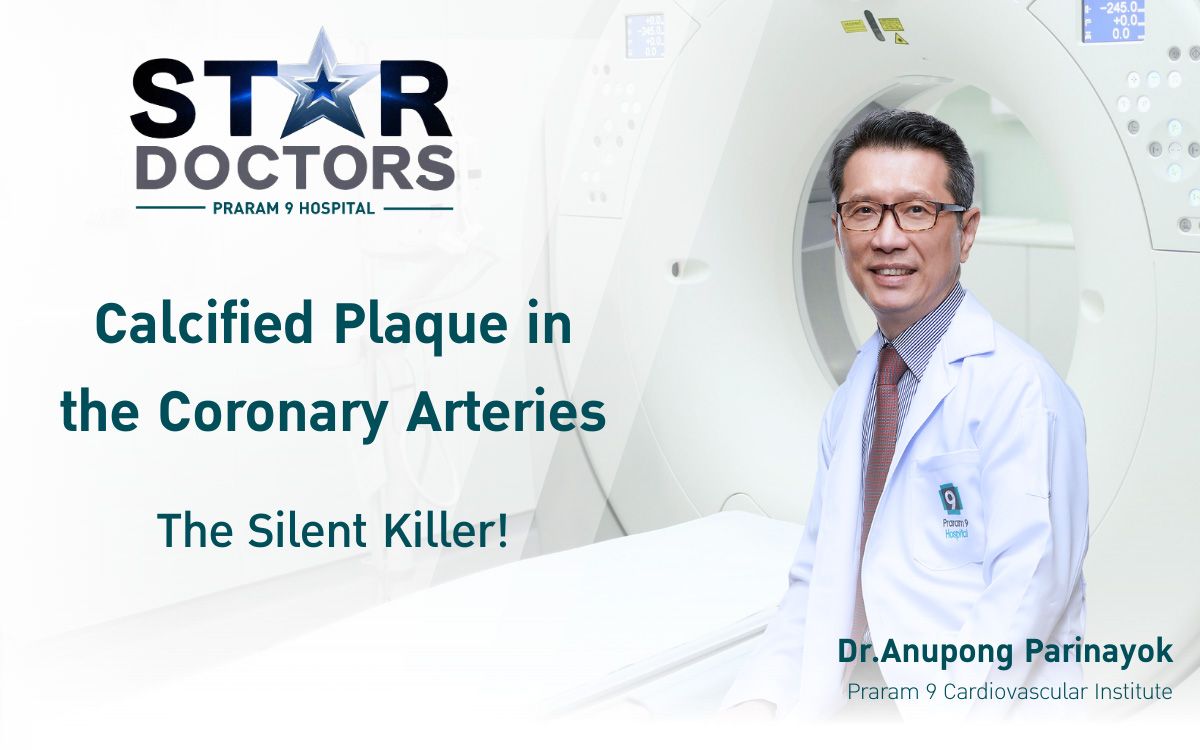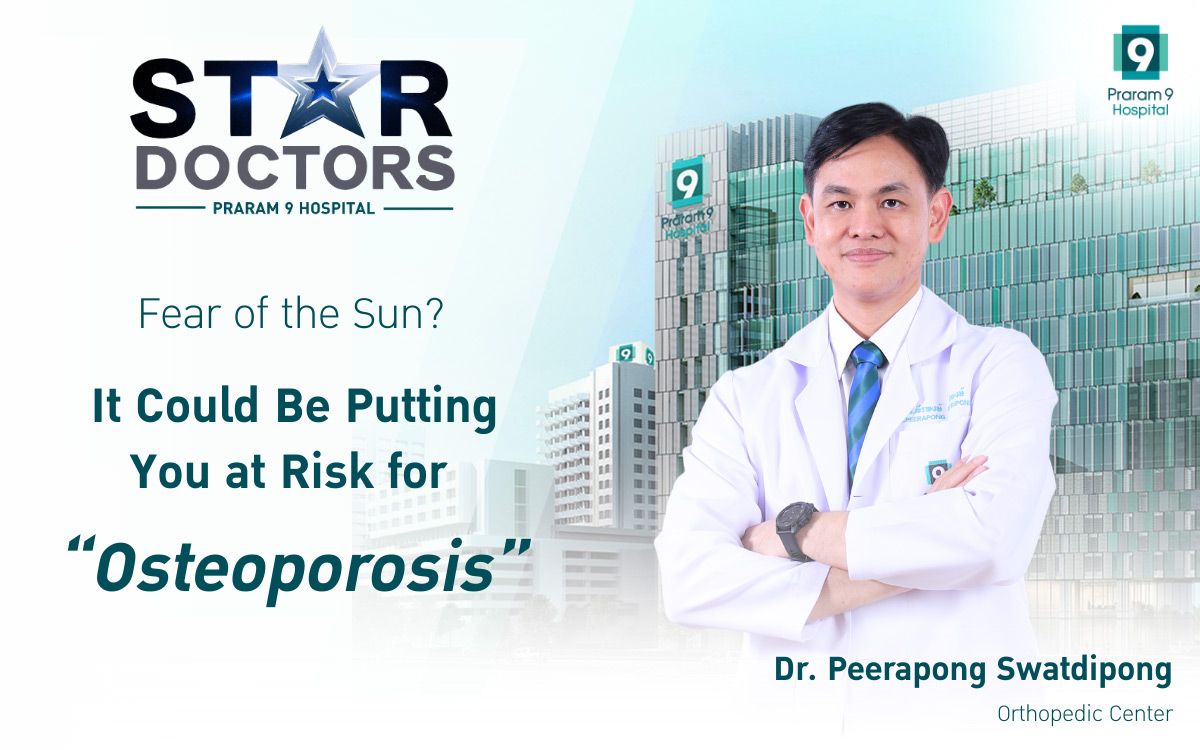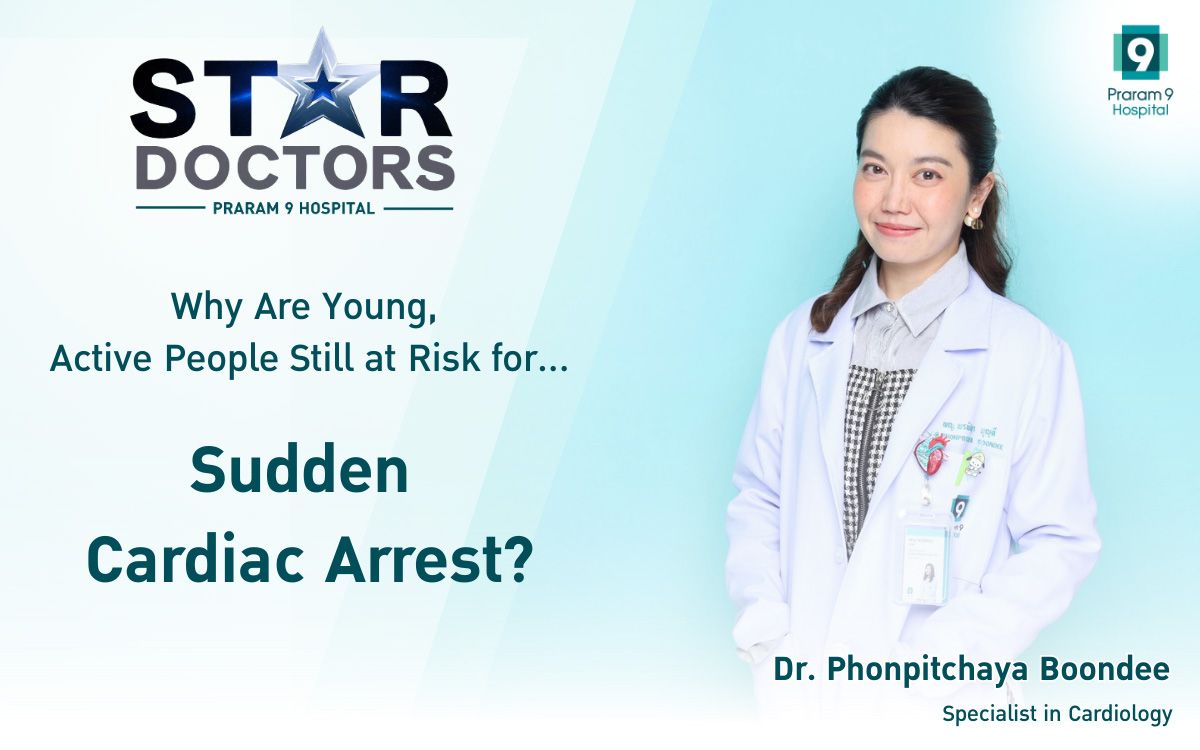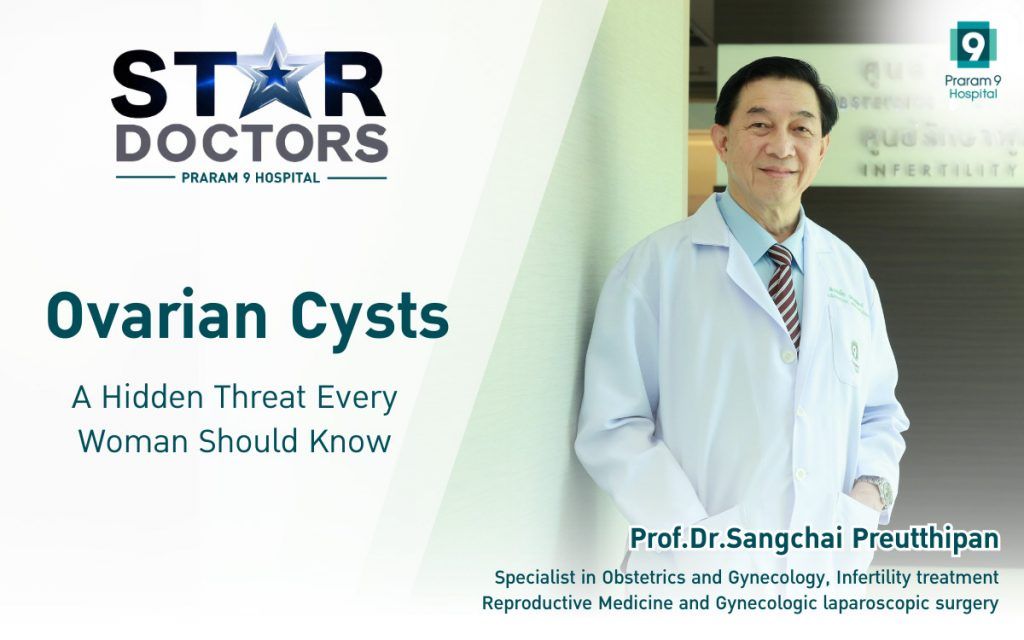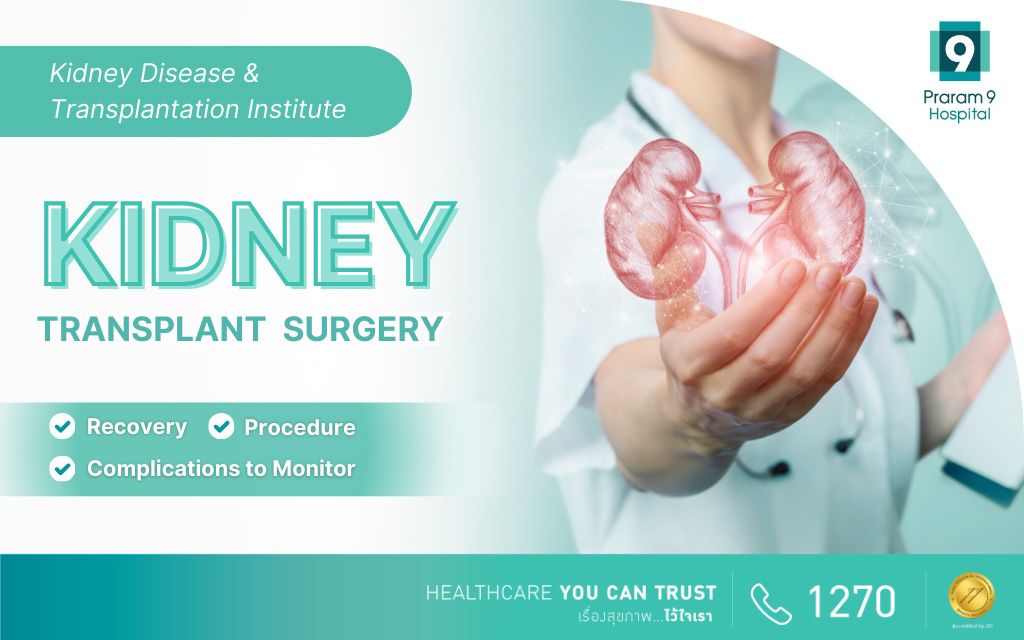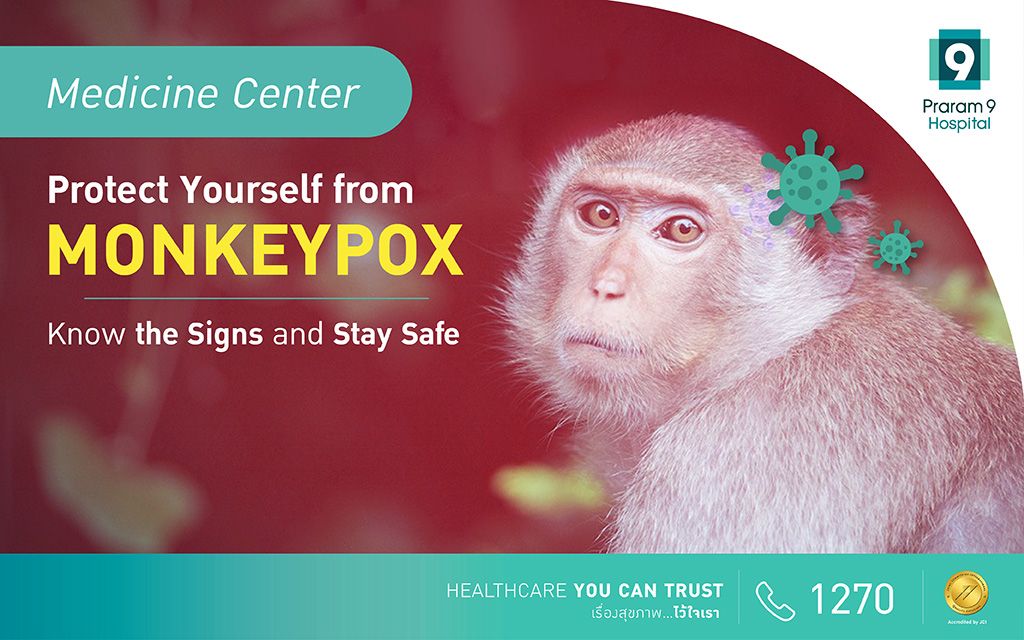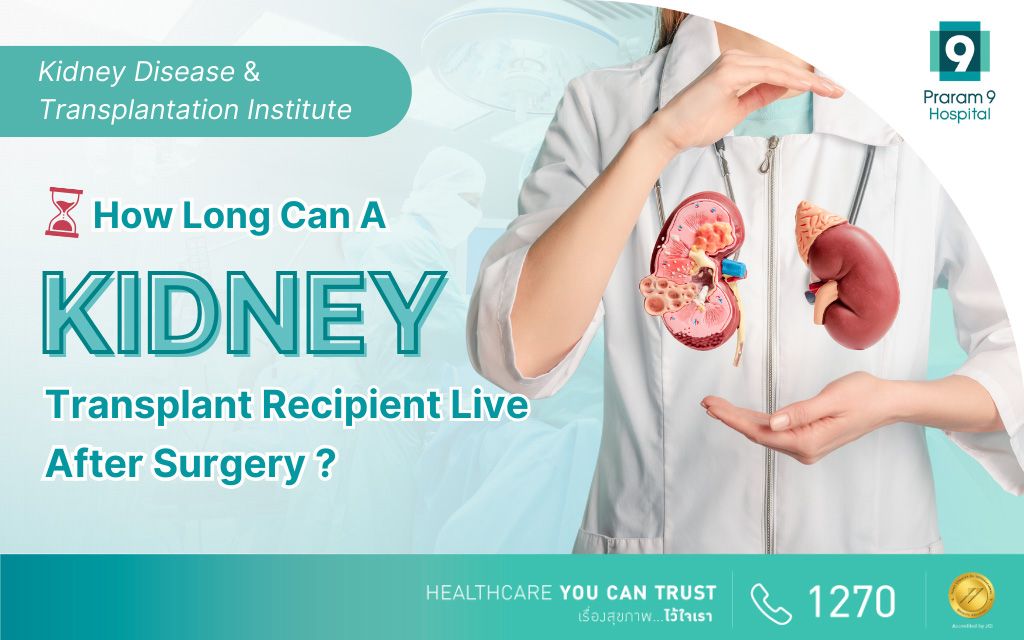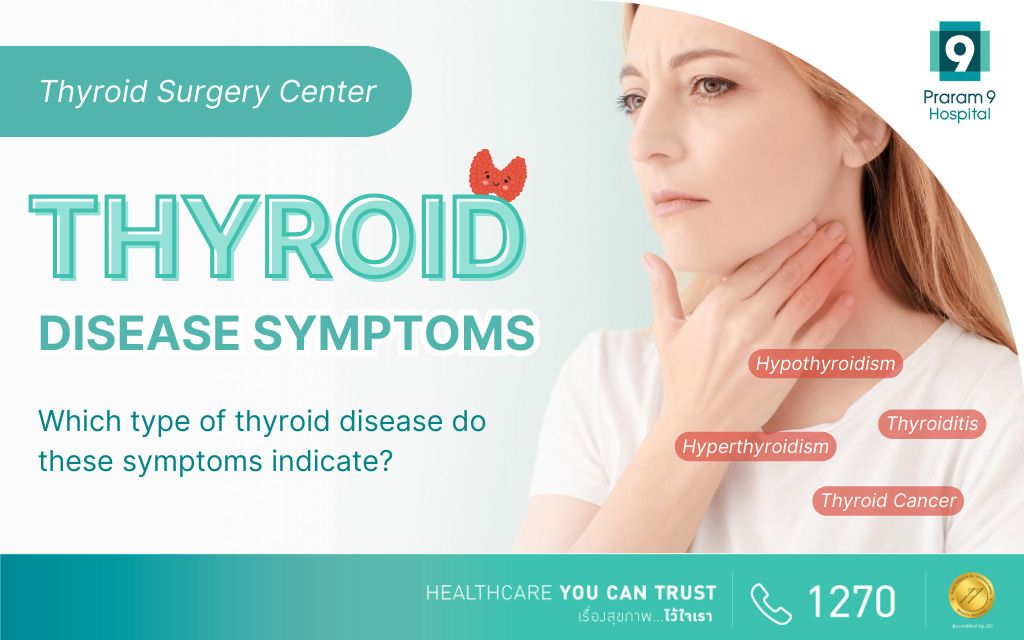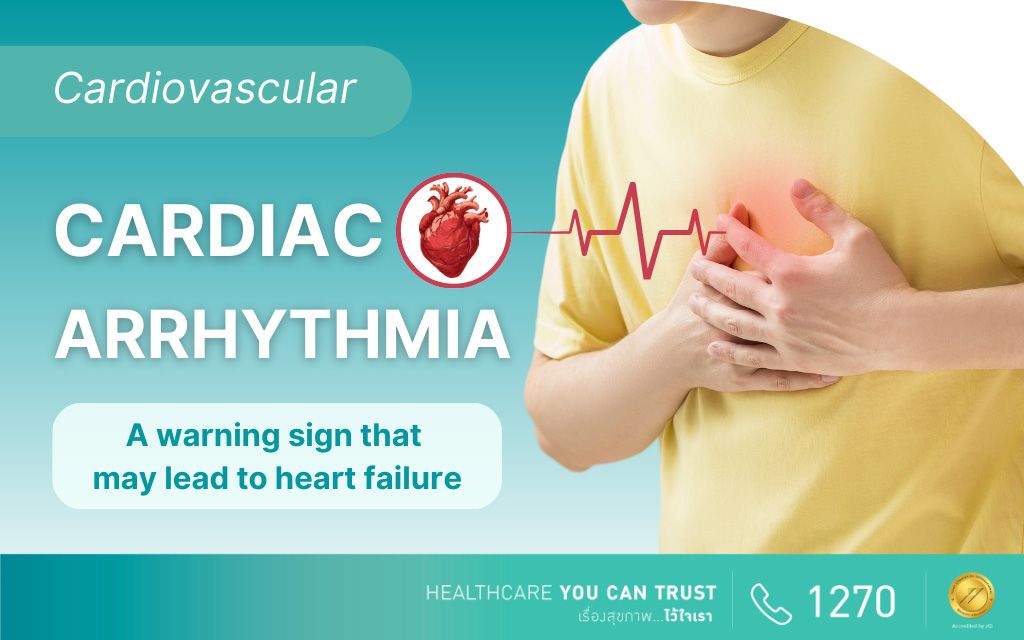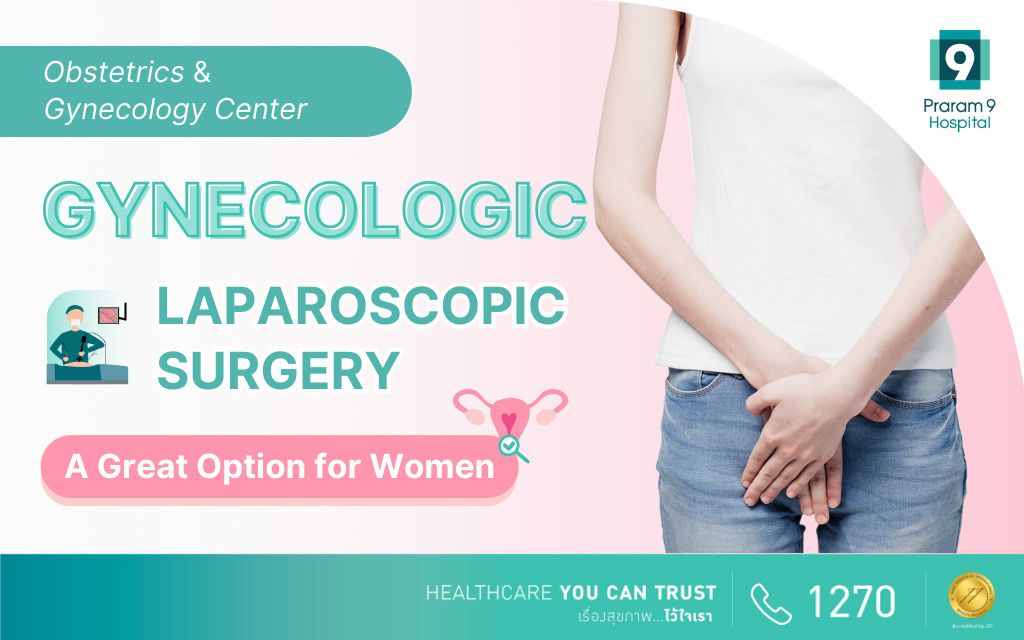Health Articles
Knowledge
“Depression” can occur in anyone without them realizing it. Being aware can help in prevention and treatment.
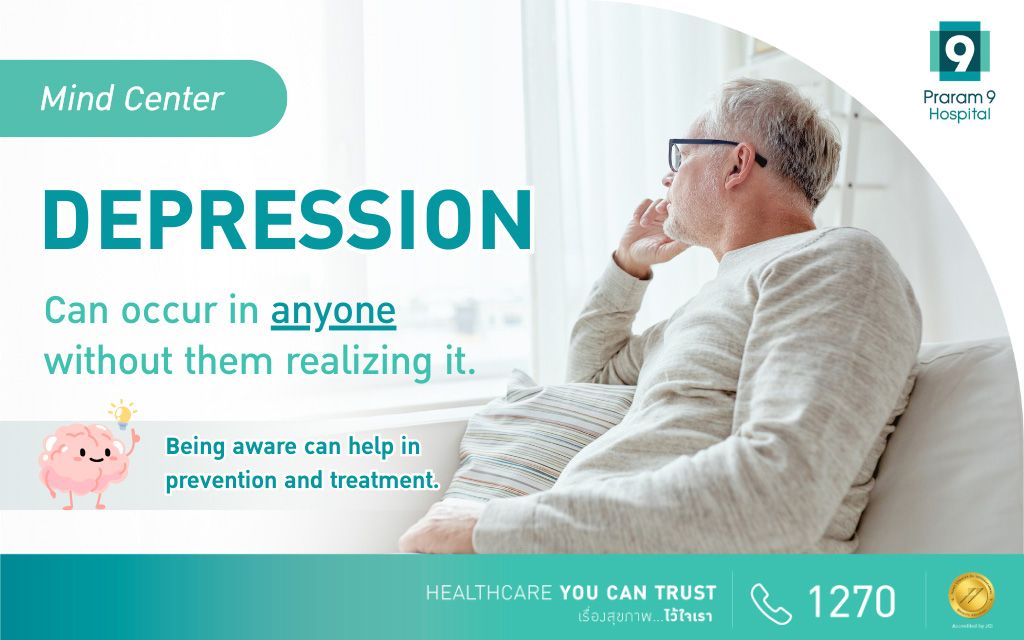
“Depression” is a silent threat that is increasingly prevalent in today’s stressful society, and it is just as concerning as physical illness. According to the World Health Organization, 1 in 20 people is currently experiencing depression, which is not a small number.
Although some people have clear understanding of depression, many still who believe that depression can be treated simply by changing one’s mindset or that being stronger will lead to recovery. However, this approach may not always be the most effective treatment path for those suffering from the condition.
Depression is considered a “disease” caused by abnormalities in the body. When it occurs, it can be diagnosed and treated by a physician, who will identify the underlying causes and recommend appropriate treatment, just like any other illness.
What is Depression?
Depression is a type of psychiatric disorder caused by an imbalance of neurotransmitters in the brain, such as serotonin, norepinephrine, and dopamine. This imbalance affects daily life, impacting emotions, thoughts, and behavior. Like other illnesses, depression requires proper and appropriate treatment.
Causes and Triggers of Depression
Normally, feelings of sadness may disappear once the triggers are gone. However, if the sadness persists for a long time and remains unaddressed, it may lead to physical changes, causing an imbalance of brain chemicals as previously mentioned. The following are causes and triggers of depression:
1. Genetic Factors
If a family member has depression or another mood disorder, the risk of developing the condition increases for others in the family. Studies show that if one twin has depression, the other twin has a more than 70% chance of also experiencing depression.
However, having a family member with depression does not guarantee that one will also suffer from it. Other factors, including life events, behavior, and lifestyle, also play a significant role.
2. Physical Illness
When dealing with an illness, aside from enduring the symptoms, there is also the stress and anxiety of managing the condition. If the illness is severe or chronic, it may increase the risk of depression.
For those who have a family member, relative, or close friend with a chronic or severe illness, it is important to monitor their mental state alongside their physical treatment.
3. Gender and Hormones
Studies suggest that women are more likely to experience depression than men. However, it remains unclear whether this is due to physiological factors or because women are more likely to seek treatment when they suspect they have depression.
Additionally, hormonal changes or imbalances in women can lead to mood fluctuations and trigger depression. For example, pregnancy, postpartum periods, menopause, or premenstrual periods (premenstrual dysphoric disorder; PMDD) can cause severe symptoms that to lead to depression.
4. Significant Life Events
Major life events, especially negative ones, can trigger depression. Events such as the loss of a loved one, divorce, job loss, financial stress, or moving to an unfamiliar place can cause emotional distress.
However, positive life events can also lead to depression. Some reports indicate that after experiencing significant joyful moment, such as achieving a major life goal, getting married, having a baby, or retiring, individuals can experience depression. This might be due to the sudden emotional shift, which may be overwhelming.
5. Sleep and Rest
Chronic lack of rest or sleep disturbances (especially those related to chronic sleep issues) can increase the risk of depression.
6. Seasonal Changes
Some people may notice that their mood tends to drop, especially in winter, when daylight hours are shorter, and nights is longer. This can lead to feelings of lethargy, fatigue, and a lack of interest in daily activities, a condition known as Seasonal Affective Disorder (SAD). For those experiencing such seasonal symptoms, the condition may improve over time, however, if it persists and affects daily life, it is advisable to consult a doctor for appropriate treatment.
SAD is more common in people living in countries with long winters and shorter daylight hours, where limited exposure to sunlight is associated with an increased risk of depression.
7. Other Factors
In addition to the main factors mentioned, social isolation, childhood neglect, or abuse can also trigger depression.
Some people may have a higher risk of developing depression due to personality traits and habits, such as distorted beliefs, low self-esteem, alcohol consumption, drug use, or the use of certain medications, particularly sleeping pills.
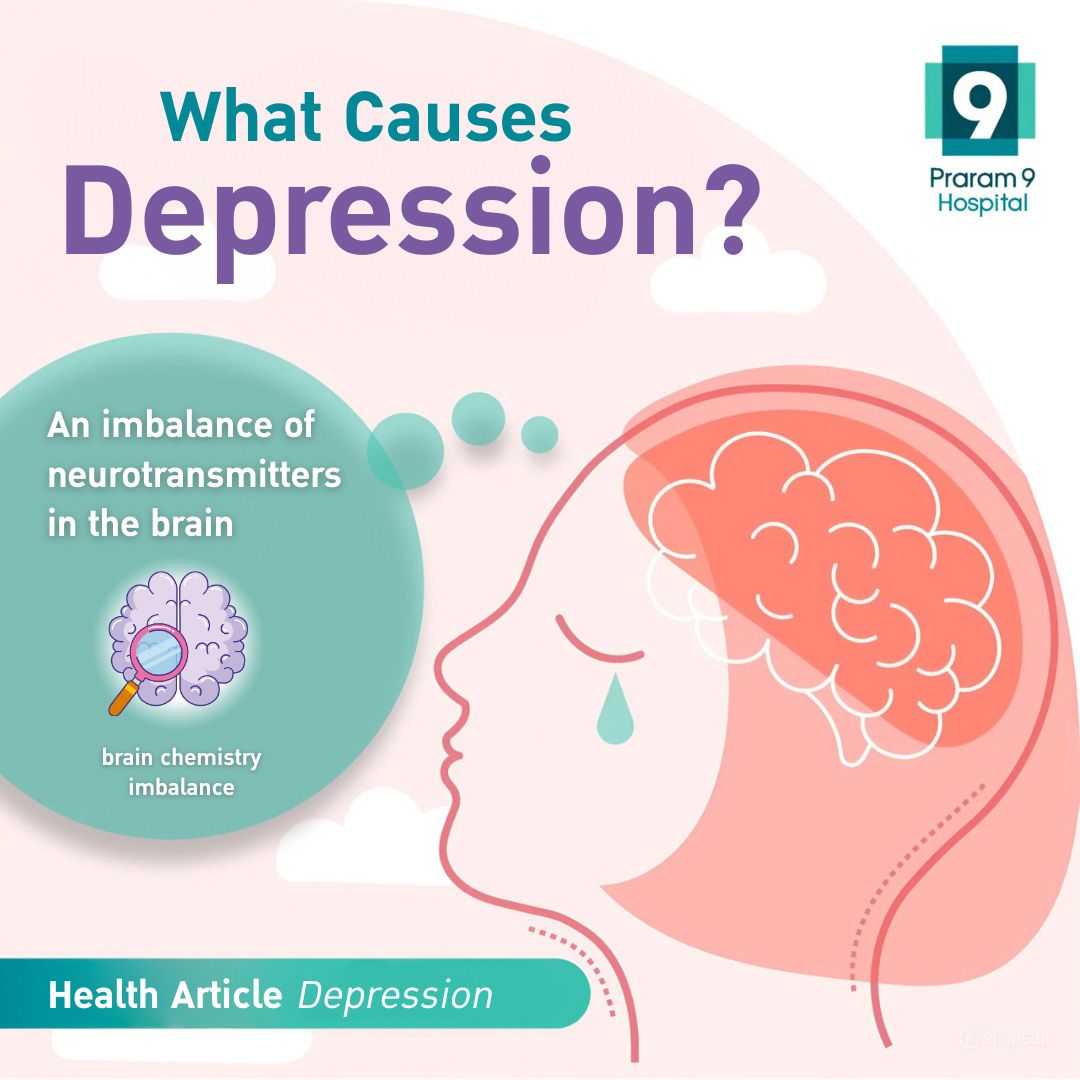
Checklist: 9 Symptoms of Depression
Do you have symptoms of depression? Evaluate yourself with this self-screening guide to see if you may be experiencing depression. Initial signs can include “abnormal changes in mood or thinking.” For example, someone who used to be cheerful may suddenly become sad, stressed, or downcast, or someone who used to be confident and social might become anxious, avoid social interactions, and feel disconnected.
You can also evaluate symptoms using this checklist:
- Persistent Negative Emotions: Feeling sad, hopeless, despairing, crying without a clear reason, experiencing excessive anxiety or irritability. These feelings may interfere with work, relationships, or self-care abilities.
- Disinterest in Surroundings: Losing interest in or avoiding activities you used to enjoy, becoming withdrawn, and showing disinterest in your surroundings.
- Eating Disorders: Eating significantly less, resulting in noticeable weight loss, or overeating, leading to noticeable weight gain.
- Sleep Problems: Difficulty falling asleep, restless sleep, or sleeping excessively, especially if these issues become chronic.
- Agitation or Lethargy: Feeling sluggish, moving more slowly than usual, or, conversely, becoming excessively restless.
- Fatigue or Loss of Energy: Feeling constantly tired and lacking energy.
- Concentration and Memory Issues: Experiencing short attention span or memory problems.
- Loss of Self-Confidence: Feeling worthless, hopeless, or like a burden; losing confidence in oneself.
- Frequent Thoughts of Death: Having recurring thoughts of death or not wanting to live.
If you or someone close to you is experiencing the following:
- At least 5 of the above symptoms.
- At least one symptom from points 1 or 2.
- Symptoms persist throughout the day.
- Symptoms occur almost every day for at least 2 weeks.
It is recommended to consult a doctor for a detailed diagnosis, as these could be signs of depression.
What to Do If You Suspect You or Someone Close Has Depression?
If the symptoms are mild, gaining knowledge and guidance about depression can help manage emotions effectively.
- Exercise and Engage in Activities with Friends or Family: This not only prevents symptoms from worsening but also enhances both physical and mental well-being. Exercise can improve brain chemistry, as it makes the body feel refreshed, energized, and more positive.
- Find Relaxation Activities: Practicing mindfulness, such as meditation, can help. Being mindful helps you to focus on the present moment, which can reduce stress caused from worrying about the future or dwelling on the past.
- Support from Loved Ones: Family and close friends should understand depression and observe the person’s symptoms, offering guidance and minimizing triggers such as arguments, harsh or negative language, tense environments, or emotionally charged media like certain TV shows.
- Seek Professional Help: If symptoms become more severe, it’s important to consult a psychiatrist for a proper evaluation and treatment.
- Hospitalization for Severe Cases: If depression becomes severe, leading to self-harm or danger to others, hospitalization may be necessary for treatment and safety.
Can Depression Be Cured? What Are the Treatment Options?
Depression is a condition that can be successfully treated. The treatment process begins with evaluating symptoms, the impact on daily life, severity levels, lifestyle, underlying health conditions, current medications, and family history. Based on this assessment, a psychiatrist determines the appropriate treatment method. Nowadays, several treatments are available:
Psychotherapy
If symptoms can be managed without medication, the psychiatrist may refer the patient to a psychologist for therapy.
For cases requiring medication, psychotherapy may be combined with medication. Different types of psychotherapy include Cognitive-Behavioral Therapy (CBT), supportive psychotherapy, and Interpersonal Therapy (IPT).
The choice of therapy depends on the patient’s specific condition and the therapist’s expertise. Studies suggest that combining medication with psychotherapy is the most effective treatment method.
Medication (Pharmacological Treatment)
If medication is necessary, the psychiatrist will prescribe antidepressants to help rebalance neurotransmitters in the brain. The duration of medication depends on the severity of the condition and is usually combined with psychotherapy.
Reports indicate that stopping medication prematurely can lead to relapse in up to 80% of patients, so it is advised not to discontinue medication without a doctor’s guidance.
Other Treatment Options
Transcranial Magnetic Stimulation (TMS): This treatment involves using a device that sends electromagnetic pulses through the scalp to stimulate brain cells. TMS is often used for patients who do not respond well to medication or are unable to take medication.
Electroconvulsive Therapy (ECT): This method is used for patients who do not respond to medication, have severe symptoms, or are at high risk of suicide.
Depression is treatable, and those who suspect they might be experiencing it should consult with a psychiatrist. It is important to view this as a normal step, just like visiting any other doctor for health concerns.
How Should Caregivers or Close Ones of Depression Patients Act?
“Close ones” or “caregivers” play a crucial role in supporting and providing psychological first aid to people with depression. Understanding the symptoms and appropriate ways to interact with patients can help reduce the risk of worsening the condition and prevent suicidal tendencies.
If You're Unsure Whether Someone Has Depression?
Use the “9 Symptoms Checklist” provided in this article or suggest that the person take a depression assessment test. If they meet the criteria listed, encourage them to seek medical evaluation and consult a doctor to receive appropriate diagnosis and treatment plan.
General Guidelines
Be Cautious with Interactions:
Until a proper diagnosis is made, be careful with your interactions. Avoid making remarks that may worsen the situation.Common phrases such as:
“Be strong / Don’t be weak.”
“Others have been through worse.”
“Try to look on the bright side.”
These statements, despite being well-intentioned, may lead the person to blame themselves or feel worse. Instead, use supportive and empathetic language, showing that you understand and are there for them. Express your willingness to be a companion and provide support.
Provide Encouragement and Understanding:
Use words that convey empathy and encouragement. Let the person know that you are there for them and that they are not alone in their struggles.
Seek Medical Help if Symptoms Worsen:
If you notice the symptoms intensifying, it’s important to bring them to a doctor as soon as possible for proper treatment and support.
By being mindful and supportive, caregivers can significantly contribute to the recovery journey of someone struggling with depression.
Conclusion
Depression is a silent but dangerous threat. However, if individuals are aware and equipped with proper psychological “first aid” techniques, symptoms can be managed in the initial stages before seeking medical help.
It is crucial for people with depression, especially those with chronic symptoms, to avoid all potential triggers. They should have a caregiver who understands the nature of the condition and maintains a supportive attitude toward it.
If you are unsure whether you or someone close to you might be at risk of depression, consider using the “9 Symptoms Checklist” mentioned earlier and consider any additional risk factors that may increase the likelihood of developing the condition. “Depression is not merely a matter of willpower but a physical disorder that requires treatment from medical professionals, just like any other illness.”
For more information or urgent, please contact
TEL: 1270 (Local) or +662 202 9999
Email: [email protected]
You can consult a doctor from anywhere through video calls.
